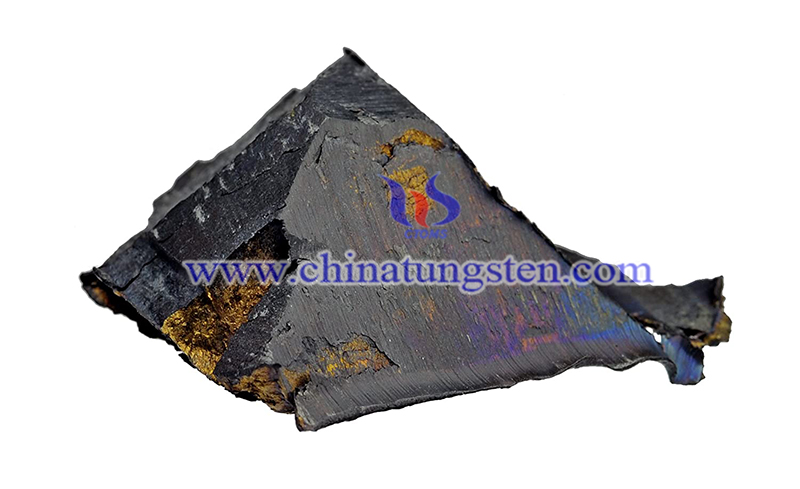Peking University Uses Rare Earth Cerium (III) Complex in OLEDs Research
- Details
- Category: Tungsten's News
- Published on Tuesday, 29 September 2020 20:21
Deep-blue organic light-emitting diodes (OLEDs) based on rare earth cerium (III) complex owns a 100% exciton utilization efficiency. Since its initial, OLEDs have developed into tens of billions of dollars-worth industry in 30 years. In applications, high-efficiency phosphorescent materials with 100% exciton utilization have been able to meet the needs of three-primary red and green devices, but with longer excited-state lifetime and higher excited states. The blue light-emitting materials currently used in the industry are still in a low exciton utilization rate and a short-excited state lifetime (nanosecond).
Compared to red and green organic light-emitting diodes, blue organic light-emitting diodes are still the bottleneck due to the lack of efficient emitters with simultaneous high exciton utilization efficiency (EUE) and short excited-state lifetime. Different from the fluorescence, phosphorescence, thermally activated delayed fluorescence (TADF), and organic radical materials are traditionally used in OLEDs.

Researchers demonstrate herein a new type of emitter, cerium (III) complex Ce-1 with spin-allowed and parity-allowed d–f transition of the center Ce3+ ion. The compound exhibits a high EUE up to a 100% in organic light-emitting diodes and a short excited-state lifetime of 42 ns, which is considerably faster than that achieved in efficient phosphorescence and TADF emitters. The optimized OLEDs show an average maximum external quantum efficiency (EQE) of 12.4% and Commission Internationale de L' Eclairage (CIE) coordinates of (0.146, 0.078).
Traditional f-f transition rare earth complexes have the advantages of 100% exciton utilization rate and high color purity red and green light. They are a type of luminescent material that has been applied to OLED research earlier than phosphorescent materials. However, the intrinsic millisecond-level excited state lifetime of the f-f transition limits the improvement of the performance of the device, making the progress in the field of rare earth complex electroluminescence research very slow for many years.
Recently, the Huang Chunhui project of the School of Chemistry and Molecular Engineering of Peking University has combined into two df transition rare earth cerium (III) complexes Ce-1 and Ce-2 with nanosecond short excited state lifetimes. After optimization, the two materials have achieved high-efficiency blue light emission in OLED, which proved for the first time that the complex has 100% exciton utilization rate in OLED. In addition, compared to traditional phosphorescent iridium (III) complex devices with similar emission colors, the working stability of devices based on cerium (III) complexes is improved by nearly 70 times.
The author believes that the complex in the device can directly capture electrons and holes through the single-electron cerium (III) ions to form doublet excitons and emit light, thereby bypassing the traditional closed-shell luminescent materials. The spin-statistics are limited to achieve the goal of high exciton utilization. The short-excited state lifetime accompanied by the df transition allowed by the spin and parity is the source of the improved device stability.
Considering that the cerium (III) complex also has a tunable emission spectrum and low raw material cost. Such light-emitting materials are not only expected to solve the problems of high-efficiency blue OLEDs in practical applications, but also have the potential to become a new generation of light-emitting materials for OLED full-color display and lighting. This work is of great significance for realizing the high-value utilization of rare earth resources in my country and developing OLED light-emitting materials with independent intellectual property rights.
- Rare Earth Manufacturer & Supplier, Chinatungsten Online: www.chinatungsten.com
- Tungsten News & Prices of China Tungsten Industry Association: www.ctia.com.cn
- Molybdenum News & Price: news.molybdenum.com.cn
- Tel.: 86 592 5129696; Fax: 86 592 5129797; Email: sales@chinatungsten.com



 sales@chinatungsten.com
sales@chinatungsten.com